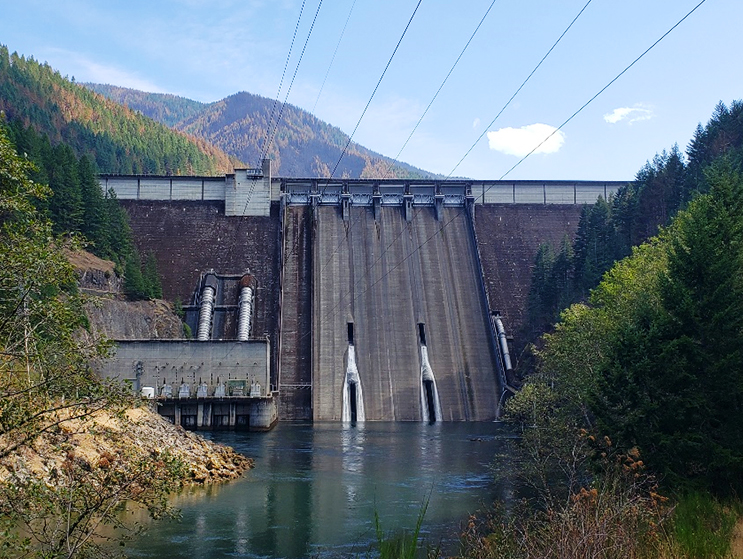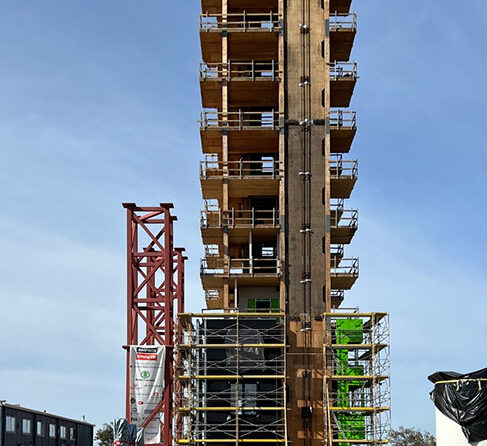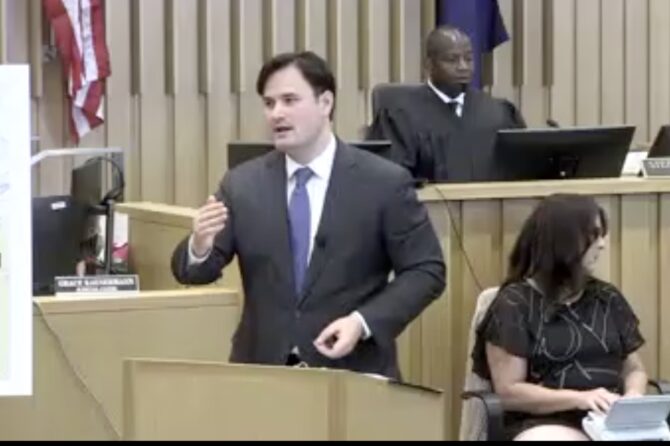Plans to improve fish passage and water temperature around Detroit and Big Cliff dams have received a severe jolt from a federal judge in Portland.
U.S. District Judge Marco Hernandez issued an order July 14 that calls on the U.S. Army Corps of Engineers to take immediate action on the passage and temperature issues, which affect threatened fish stocks.
“The Corps has fought tooth and nail to resist implementing interim fish passage and water quality measures that it was supposed to begin implementing a decade ago, and that the National Marine Fisheries Service has been recommending for years,” Hernandez wrote in his 18-page opinion.
“The Court has no patience for further delay or obfuscation in this matter and expects nothing short of timely implementation,” Hernandez wrote. Efforts to address the fish passage and water temperature issues at Detroit have been ongoing since a 2008 biological opinion was issued by federal agencies calling for measures to meet endangered species act requirements for the salmon and steelhead that spawn in the North Santiam River.
A lawsuit was filed by environmental groups in 2018 that sought quicker action by the Corps. Hernandez’s order represents the judicial response. Hernandez wrote that water temperatures below Detroit Dam continue to be too cold in summer and too warm in fall, and that the amount of dissolved gas in the water below Big Cliff Dam, is often too high for fish health.
And Hernandez bluntly concluded: “The Corps SHALL (emphasis in the original) carry out fish passage and water quality operations at Detroit and Big Cliff reservoirs.”
Hernandez called for a new biological opinion to be completed by Dec. 31, 2024 while also noting that the Corps missed a March 2019 deadline to build and begin operating a water temperature control tower at Detroit Reservoir.
Remediation of the fish passage issue also led the Corps to craft a plan for a weir the size of a football field to transport the fish around the dams.
A lengthy public outreach and environmental assessment process led Corps officials to conclude that the best way to meet the needs of fish and also address concerns of Santiam Canyon businesses, municipal water users and agricultural interests was to do the project without lowering the lake level precipitously.
Building the water temperature tower “in the wet,” however, would be more challenging, time consuming and more expensive than managing the project with an intentionally lowered lake. It remains unclear, however, how quickly the Corps can act in response to Hernandez’s order. Original timelines for the project called for a multiphase operation that would not be completed until 2026 or 2028 with the added handicap of no funding being secured.
“The Corps will carefully review the judge’s opinion to determine the appropriate next steps to comply with the court’s decision,” said Tom Conning, a spokesman in the Corps’ Portland District office. “We take our Endangered Species Act obligations seriously and are committed to taking actions that will benefit ESA-listed salmon and steelhead. Our team is working to find solutions that balance our Congressionally authorized purposes, like flood risk management, fish and wildlife, recreation, water supply and water quality, while meeting ESA requirements.”



